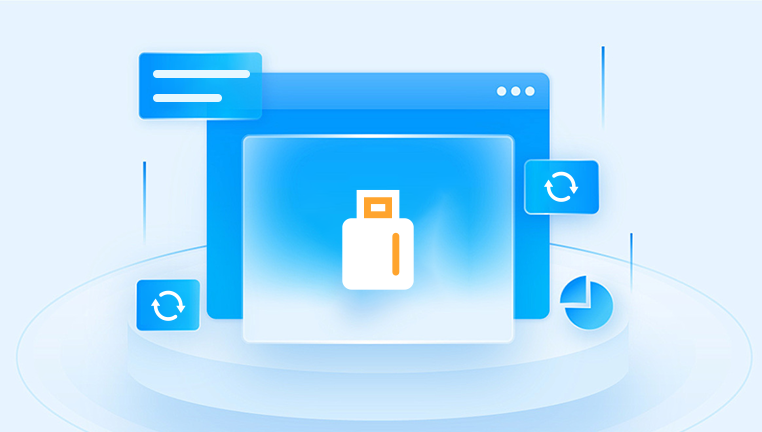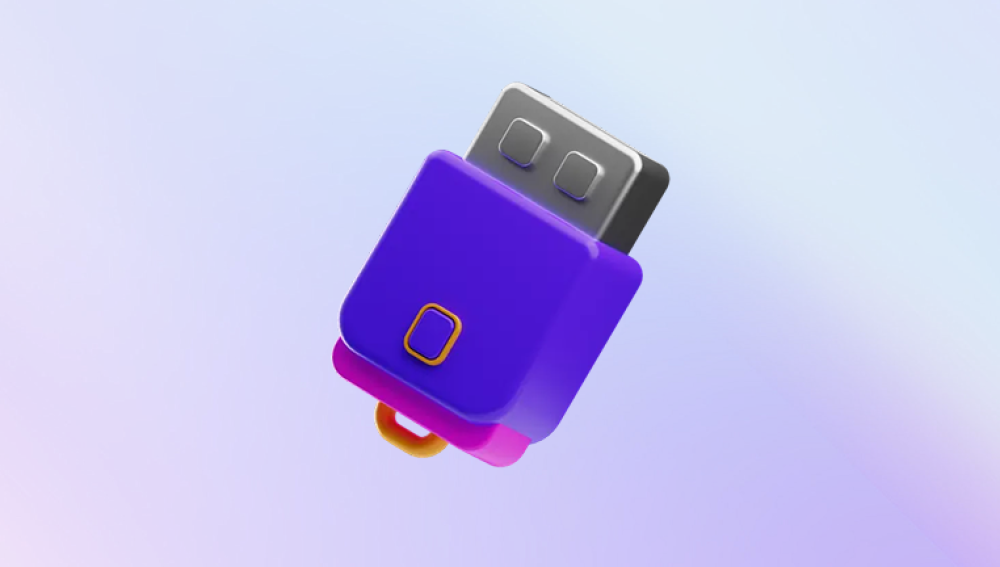Recovering files from a USB drive can be a critical task, especially if you’ve accidentally deleted important documents, images, or other files. There are several methods to recover files from a USB drive, depending on the circumstances surrounding the data loss. Whether the files were accidentally deleted, the USB drive was corrupted, or the data became inaccessible for some other reason, there are ways to try and recover it.
Basics of Data Loss on a USB Drive
Before diving into the recovery process, it’s important to understand the reasons why data might be lost from a USB drive. Data loss can occur for a variety of reasons, including:
Accidental Deletion: The most common reason for data loss, where you might have accidentally deleted files or emptied the recycle bin without realizing.
File System Corruption: If your USB drive becomes corrupted, it might not show up in your file explorer, or the files could become unreadable. This can happen due to improper ejection, physical damage, or software errors.

Formatting: If the USB drive was accidentally formatted, all the files on it would be erased. However, the data might still be recoverable if not overwritten.
Virus or Malware Infection: In some cases, viruses or malware can infect your USB drive and corrupt your files, making them inaccessible.
Physical Damage: If the USB drive has been physically damaged, it may become unreadable, making data recovery a more complicated process.
Preliminary Steps Before You Start Recovery
Before you begin the recovery process, there are a few important precautions to take:
Stop Using the USB Drive: As soon as you notice that files are missing, stop using the USB drive immediately. Continued use of the drive could overwrite the deleted files, making recovery more difficult or impossible.
Check for Hardware Issues: Ensure that the problem isn't with the USB port or the computer. Try plugging the USB drive into another computer or port to rule out any hardware issues.
Inspect for Viruses or Malware: If you suspect the data loss was caused by malware, run a virus scan on both the USB drive and the computer to rule out any infections.
Methods for Recovering Files from a USB Drive
1. Recovering Files Using Software
Drecov Data Recovery is a powerful and user-friendly software designed to help individuals recover lost, deleted, or corrupted files from a variety of storage devices, including USB drives, hard drives, memory cards, and more. Whether you’ve accidentally deleted important documents, suffered a system crash, or experienced a formatting error, Drecov Data Recovery offers an easy solution to recover lost files and restore them to a safe location.
The software supports multiple file formats and recovery scenarios, from simple file deletion to more complex cases involving damaged or formatted drives. It features an intuitive interface, making it accessible even for users with minimal technical expertise. Drecov Data Recovery provides both quick and deep scan options to maximize recovery success, with the ability to preview recoverable files before initiating the restoration process.
One of the standout features of Drecov Data Recovery is its advanced algorithms, which can detect and recover files even when the storage device is severely corrupted. Whether you're dealing with a USB drive, external hard drive, or SD card, Panda ensures that you have the best chance of retrieving your lost data.
Step 2: Install and Run the Recovery Tool
Once you’ve downloaded the recovery software of your choice, follow these steps:
Install the Software: Install the recovery software on your computer. Be sure to install it on a different drive than the one you are recovering data from, to avoid overwriting the lost files.
Launch the Program: Open the data recovery software.
Select the USB Drive: In Recuva, you’ll be asked to select the location where the files were lost. Choose your USB drive from the list of available drives.
Step 3: Scan for Lost Files
Once the software recognizes your USB drive, it will begin scanning for lost or deleted files. You can choose between a quick scan and a deep scan.
Quick Scan: A fast scan that looks for recently deleted files. This method is less thorough but may recover files that were recently deleted and not overwritten.
Deep Scan: A more thorough scan that takes longer but is capable of recovering files that have been lost for a longer period or after a formatting.
Choose the scan type that best fits your situation. If you’re unsure, start with the quick scan.
Step 4: Preview and Recover the Files
After the scan completes, the recovery software will display a list of files that can be recovered. These files will typically be listed with their name, file size, and recovery status. In some cases, files may be listed as "recoverable" or "unrecoverable" based on how much of the file has been overwritten.
Preview the Files: Most recovery software allows you to preview files before recovering them. Check if the files you need are available.
Select the Files for Recovery: Once you’ve identified the files you want to recover, select them.
Choose the Recovery Location: Be sure to recover the files to a different location (such as your computer’s hard drive) rather than the USB drive, to avoid overwriting any other data on the drive.
Start the Recovery: Click the “Recover” button to restore the selected files. The software will begin recovering the files and saving them to your chosen location.
Step 5: Verify the Recovered Files
After the recovery process completes, check the files to ensure that they’ve been successfully restored and are intact. Sometimes files may be corrupted during the recovery process, especially if the drive was physically damaged or if the data was heavily overwritten.
2. Using Built-In Windows Tools
If you’re using a Windows computer, there are a couple of built-in tools you can try to recover files from a USB drive:
Check the Recycle Bin
If you’ve accidentally deleted files from your USB drive, they might still be in the Windows Recycle Bin. Check the Recycle Bin to see if your files are there.
Use Windows File History
If you’ve set up File History in Windows, you can use it to recover older versions of files from your USB drive.
Right-click on the folder or file that you want to recover.
Select “Restore previous versions.”
Choose the version you want to restore and click "Restore."
Use Command Prompt (chkdsk)
In cases of file system corruption, you can try using the built-in chkdsk utility to scan and repair the drive. Here's how:
Open Command Prompt as Administrator (right-click Start > Command Prompt (Admin)).
Type chkdsk X: /f (replace X with the letter of your USB drive).
Press Enter. The utility will attempt to fix errors on the drive and might restore access to your files.
3. Using Professional Data Recovery Services
If your USB drive is physically damaged or if you cannot recover the files using software tools, you may need to resort to a professional data recovery service. These services specialize in recovering data from damaged drives and can handle more complex issues, such as physical damage, failed circuits, or damaged flash memory.
Professional data recovery services can be expensive, but they offer a higher chance of success for difficult cases. Before sending your USB drive to a service, be sure to research their reputation, success rates, and costs.
Tips to Prevent Future Data Loss on USB Drives
While data recovery methods can be effective, it’s always better to prevent data loss in the first place. Here are a few tips to help you avoid losing important files in the future:
Create Backups: Regularly back up important files to cloud storage or external hard drives to ensure you don’t lose data due to accidental deletion or corruption.
Eject the Drive Properly: Always eject your USB drive safely before removing it from your computer. This reduces the risk of file system corruption.
Use a USB Drive with a Write-Protect Feature: Some USB drives have a physical switch that allows you to set the drive to “read-only,” preventing accidental writing or deleting of files.
Scan for Viruses Regularly: Run antivirus software on your USB drive to prevent malware infections.
Avoid Using the USB Drive for Multiple Purposes: If possible, use your USB drive for a single purpose (e.g., for document storage or media files) to reduce the chances of accidental data loss.




